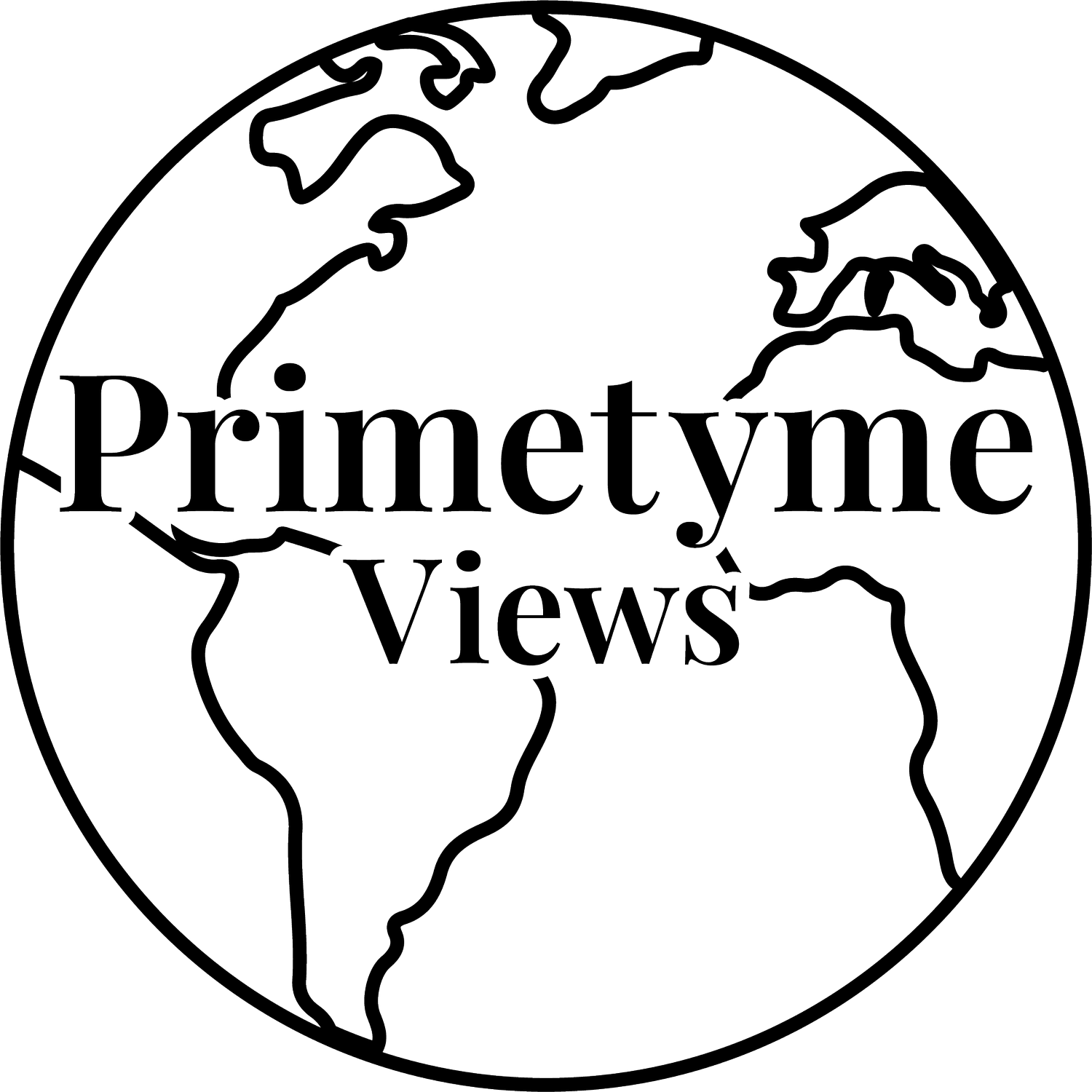Golf Courses and Drones
Our services include video or photo capture of an entire golf course or hole by hole. We use drones to capture aerial shots as it is the best and unique way to showcase an event, or just the course itself. Before we start our drone shoots, we plan ahead. Since a drone’s battery life is very short, having a detailed fly-through plan done beforehand is key. There are also several conditions to consider before we begin the drone shoot:
Over - Around - Through
With our mix of traditional photography drones and new full manually FPV cinema drones our processing for showing off any space is one we’ve coined called over - around - through. We will establish the location by flying over the course and any surrounding land marks in the area. Next we will orbit around the course to really show off the features from above. Finally the fun part - flying through the course using both an FPV drone and a traditional photography drone as explained below. We can also fly though any building you want to show off as well - Here is a FPV fly though from the Masters. This really shows of the space very well.
Course Conditions
It is ideal to contact the management team at the course we’re shooting for any other reminders we should remember. We also want to make sure we’re shooting at a time that the course looks its best.
How Busy the Course is
Trying to conduct a drone shoot with a lot of people using the course can cause difficulty. We try to avoid shooting during weekends, competitions, or events. The most ideal time to shoot would be during the weekdays, so we can make the most out of the course.
Scouting
Scouting the area has to be done long before the production day. An important resource to have on hand is an airspace map. An airspace map can tell us how high we can fly our drones and how we might be interfering with airspace operations. We cannot skip this resource since each area has different airspace rules and altitude restricted zones. Satellite imagery software like what Google Earth provides can give you information like how the course looks like in the air or the direction of sunlight. Since location is important to make a successful drone shoot happen, surveying the entire golf course either by foot or golf cart allows us to understand different landmarks and possible risk factors that may arise during the shoot. A scorecard is also valuable in terms of hole direction, shape, and distance.
Our Crew
For the drone tour, a licensed and insured drone pilot will be operating it. They will be accompanied with a spotter so the pilot can keep an eye on the frame and another on the drone. Placing a spotter by the end of the hole allows us to extend communication for a more efficient job.
Lighting
Changes in daylight are inevitable. These changes can have a dramatic impact on how the drone footage turns out. Shooting some time before sunrise or sunset can give us softer lighting compared to the kind of lighting the middle of the day gives. We use the appropriate equipment to avoid exposure to the strong midday light.
Camera Capabilities
Our Camera Capabilities are crucial to successful drone flights. Just a small switch of an angle can already change the vibe of the footage. A low angle will better simulate a golfer’s point of view, while a higher angle can give a more general and objective view of the entire golf course.
Understanding how a drone shot is going to be used in the end product footage is vital. We begin with a low angle to show what a golfer sees when they’re playing. Next, we slowly raise the angle of the camera so that the viewer can see the entire layout of the golf course. Finally, we lower back the angle and circle the trees to provide dynamic movement to signal the end of the flight.
